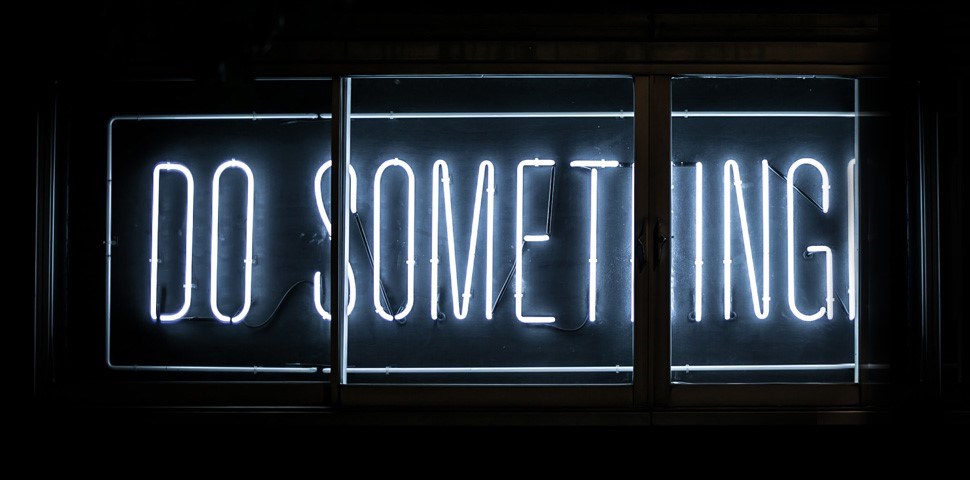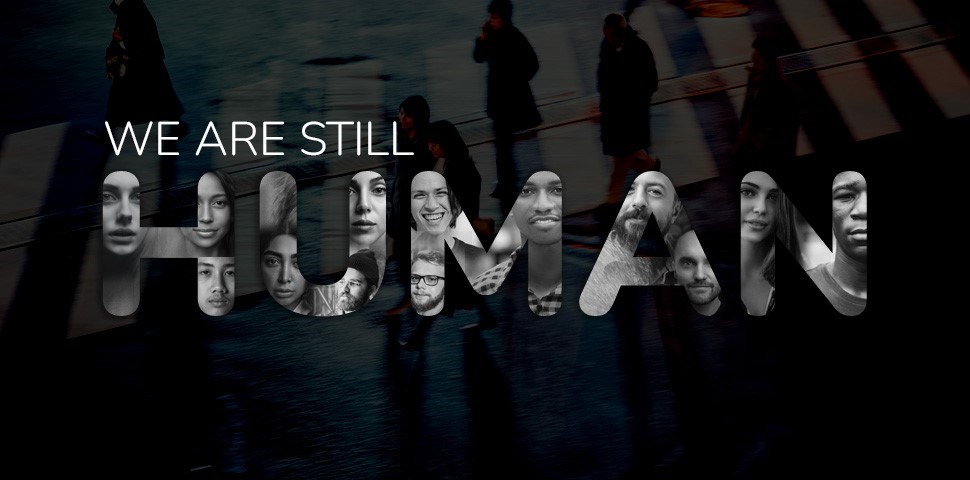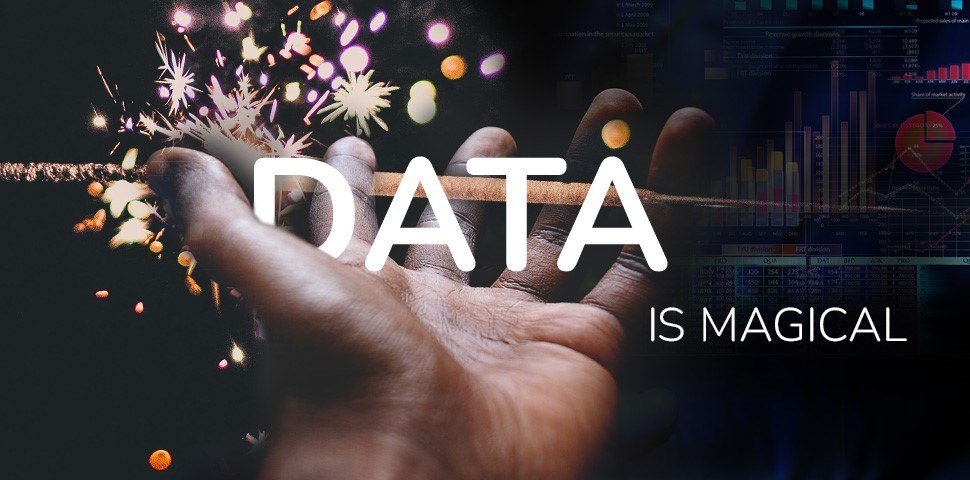In last month’s article, we spoke about how a digital marketing strategy can’t rely on vanity metrics alone – rather, the focus needs to be on real engagement. You want people to find value in what you’re putting out – not just hit like, then scroll on by. You want them to click through to your website or offer.
But then? What's next?
They need to do something so that they convert to customers. If you’ve got killer content that’s generating engagement, or a website that’s attracting traffic, that’s great. But you need to ask: what happens next?
Plus, do you really understand your customer? Do you not only know their next move, but also know what to do about it? When we consider that 91 percent of consumers now visit a brand’s website or app after they follow them on social media, it’s more important than ever to have a clear objective for what happens once they land on your site or consume your content.
Have a plan, Stan. Do you want to take a hard-sell approach, warm them up, or simply make them aware of your brand?
Based on these answers, you can create a strategy paired with content or journeys that resonate (or addresses a pain point) to help you nail those goals. Remember: you want your audience to do something. And even though content marketing is more of a long-term game, spoiler alert: not every business will need ads that click straight through to sales.

Don’t be a douche, just be human
Behaviours have shifted, we know this. According to GWI’s 2021 Global Commerce Report, 58 percent of consumers now prefer to shop online, while Gen Zs are more likely to learn about new products via social media ads than search engines. But humans are still hoomans, for better or worse, and people want brands to really understand them. They want to feel like there’s a connection.
Sometimes clients don’t understand that digital marketing is more about creating a relationship and less about the hard sell. B2B and B2C aren’t just about selling to a business or a consumer; in 2022, you must connect with all customers on a human level. Part of this means that you’ll have to know your customer better than your best mate. What gives them sleepless nights? Are they a Bulls or a Sharks supporter? What's their biggest business pain point? Do they drink Don Julio or Cactus Jack?
(If it’s Cactus Jack, this relationship won't work).
Personalisation is key here, as 55 percent of marketers say that personalised content increases conversion rates. It’s about building trust, creating community, and even creating a sense of curiosity. The bottom line is that if a customer feels that the brand cares about them, they'll see it as a value-add – and a value-add is where you can entice them to do something.

Let the data lead you
Data will tell you what to do next but work with it in bite-sized chunks. In our experience, most people find a wall of data overwhelming (unless they're Sheldon Cooper and they have a thing for String Theory). Use data sets to implement incremental changes but give things enough time to generate data in the first place. Often clients think that once you turn on a campaign, they’ll have all the data they need in a month. Unfortunately, it takes time to seed to quantify results.
Data is magical; it can tell you what content is landing with which customers.
It can show you what they’re interested in and what they need, so you can put them in a segment and directly target them. From the moment they land on your digital property to when they complete a sign-up form, every step enriches the data. And if we can see there's a genuine interest – say, they read four articles in a row on outsourcing their digital marketing – then there’s a much higher likelihood of striking that specific need.
If the audience is not doing what you want them to – they’re not clicking that sign-up form or not even engaging with your content, for example – go back to see how you can improve. Is it the content that's not landing, the medium, the format, the wording, or is it the audience itself? The data will show you where you’re going wrong, and what to do about it. To keep winning, you’ll need to continually measure, adjust, and improve.

It doesn't have to be complicated
Once you’ve figured out what you want people to do next, you need to keep them engaged so that they convert. And then you want to keep them coming back (because it costs five times more to get new customers than to retain existing ones). Ultimately, every brand and business wants to sell something, so you need to figure out how to turn your audience into paying customers. It could be as simple as looking at who’s consuming what and what they’re doing next – and if that next step is even the right one.
For Firewater, we're in the service game, so the next step isn't going to be filling in a 400-point questionnaire. For us it’s more about looking at what someone needs, and then having a conversation about it (which could be scheduling a meeting offline, too). They'll either like what we have to say, or they won't; the timing might be right, or not right now.
It doesn’t have to be complicated, but you do need to be clever. But, whatever you put out, it must add value – especially in an attention recession. Your audience’s attention is scarce, so to hook them into a buying journey that converts you must know the answer to these three words:
What happens next?
Don't know how to answer that? Get in touch; we can help.




